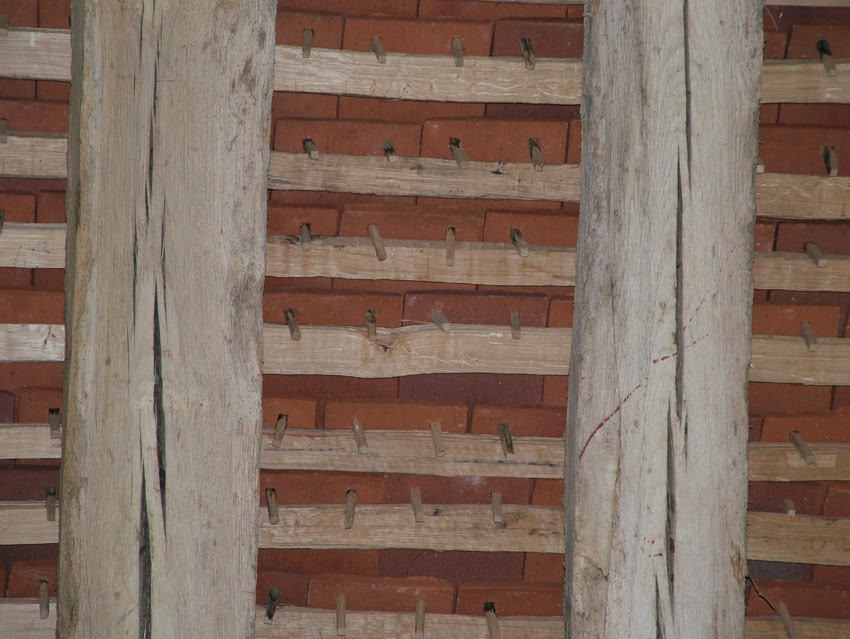Unlike modern manufactured
clay roof tiles, most of the original clay peg tiles still found on Britain’s historic
buildings are far from standard in size, shape or form.
Although a Royal
Charter was issued in 1477 decreeing that plain tiles should be standardised to
10½” x 6¼” countrywide, Kent Peg Tiles remained typically 10”
x 6” (255mm x 150mm), but in reality
the sizes of peg tiles actually varied considerably from region to region.
Although it may be
tempting to think that such differences are too minimal to matter, even the
slightest dissimilarity in size can be highly visible when restoration or
extension work is being carried out. So,
it is extremely important to keep to the precise sizing as well as the tone and
texture of the original roof tiles.
For this reason, Tudor
Roof Tile Co Ltd is now offering a whole range of bespoke and non-standard peg
tiles designed to match the varied and unusual sizing requirements of historic
properties.
Made in the UK from fine
English clay, each tile is individually
hand pressed, moulded and trimmed in the time-honoured way, and then
strengthened by advanced firing techniques to give the final product
exceptional performance and durability.
Not only do they have an authentic ‘time weathered’
look, with a variegated mellow tone, texture and a gentle camber, but square
and round peg holes can also be made to accommodate a variety of wooden or
metal pegs.
With the short supply and soaring costs of genuine second hand reclaimed peg tiles, architects and conservationists now have an excellent cost-effective alternative, available in bespoke sizes - making them ideal for specialised historical renovation and restoration work.




Thanks so much for posting this information for clay roof tiles. I have been really interested in finding out more about clay roof tiles . I feel like this really helped!
ReplyDelete